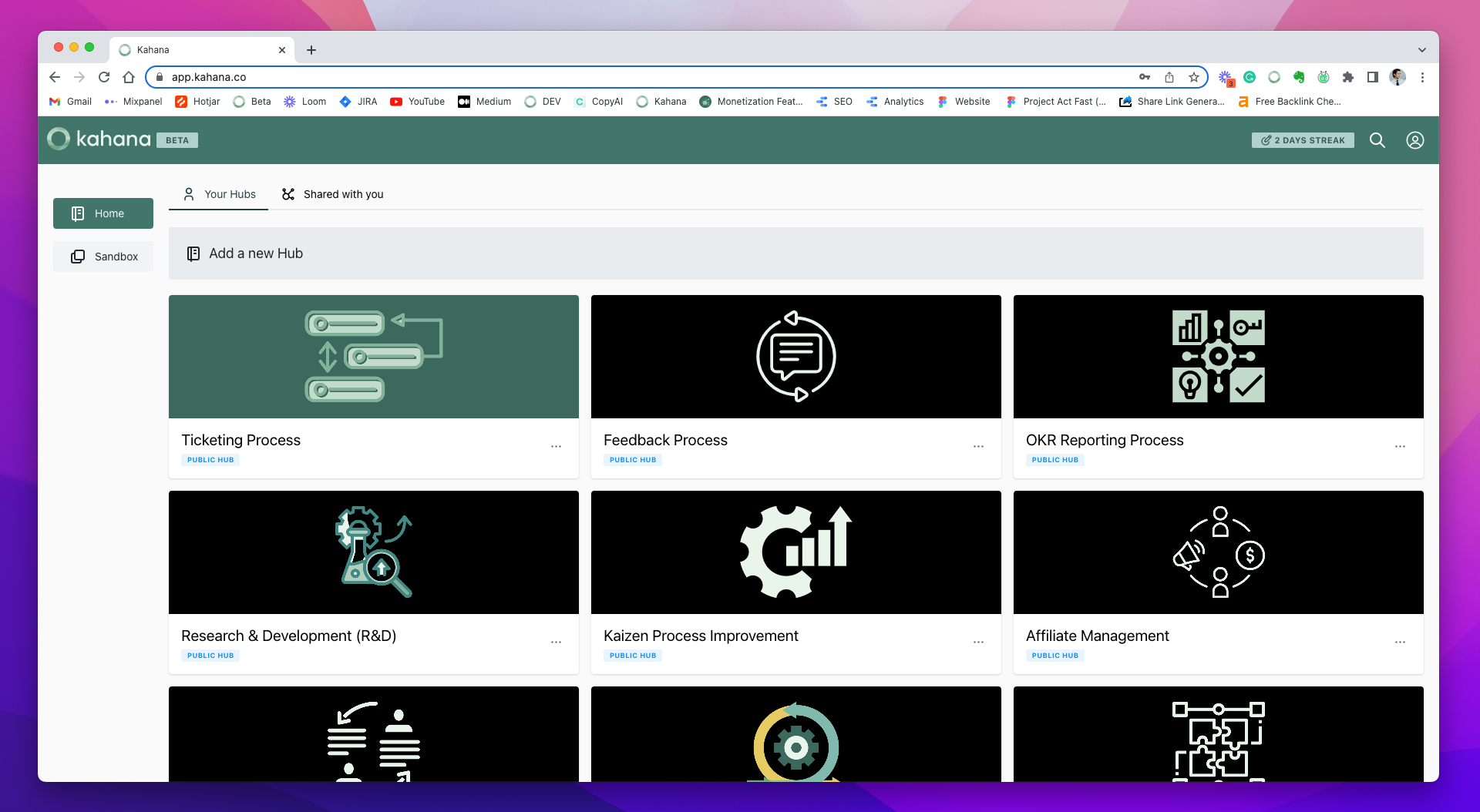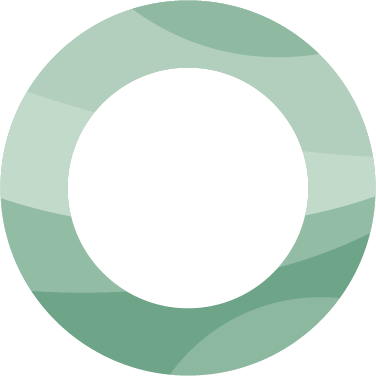Knowledge Transfer: 5 Tips for Your Framework [templates]
Here we go again.
It’s a Friday afternoon, and you’ve got time on the calendar to “catch up” with one of your team members.
But before they even join the call, you already know exactly what’s coming: they’re putting in their two weeks’ notice.
And thus begins the mad scramble to put together an effective knowledge transfer plan.
It happens every time a high-performer leaves the team: that immediate sense of urgency and panic to ensure that all of the employee’s valuable knowledge is shared with the team before their departure.
A slew of meetings starts flying in and for the next two weeks, all that matters is soaking up every bit of critical information, advice, and techniques that the employee has gained over the years.
There’s no way to avoid people leaving – churn is, of course, inevitable (and is only continuing to increase). But there is certainly a way to avoid this inefficient and stressful song and dance every time an employee says farewell.
Instead of reactively putting together a knowledge transfer framework for every individual who leaves, you have the power to minimize the chaos.
How?
By creating a proactive knowledge transfer framework for your entire organization or community, one that implements a process to retain and share people's knowledge from the day they arrive.
1. Start the knowledge transfer process early
Knowledge transfer is defined as the process of storing and sharing institutional knowledge and best practices, and how organizations handle it can make or break their success.
According to a study on workplace knowledge and productivity, 42% of institutional knowledge is unique to the individual. Said differently, when someone leaves their role, their colleagues or collaborators are unable to do 42% of that job – unless the proper knowledge transfer mechanisms are in place.
By the time most organizations begin to think about a knowledge transfer strategy – for example, when an employee submits their two weeks’ notice and is already halfway out the door – it is far too late.
With your organization standing to lose over 40% of a job’s productivity every time an employee departs, leaving the majority of the knowledge transfer process to occur at the end of an employee’s tenure leaves too much room for error.
A proactive plan anticipates the eventual departure of high-performing employees and creates a system that starts capturing and sharing their knowledge on Day 1, rather than relying heavily on last-minute meetings as a key employee is about to leave.

Claim My Free Knowledge Base Template
This free knowledge base template comes ready-made with the pre-existing structures and frameworks you need to get started.
2. Have a strategy for different types of knowledge
It is important to understand the nuances between different types of knowledge so that you can prepare to capture each type. When it comes to knowledge transfer, you can group knowledge into two main buckets:
- The knowledge that is easier to articulate, document, and share (e.g., explicit knowledge, day-to-day knowledge) – we’ll call this “tangible” knowledge
- The knowledge that is more difficult to document and is typically transferred through conversation or mentorship, also known as tacit knowledge
Tangible knowledge
Just because capturing tangible knowledge is simpler doesn’t mean organizations are successful in addressing it.
In fact, the opposite is true – because so much energy is typically spent capturing tacit knowledge when an employee is leaving, it’s easy for tangible knowledge to slip through the cracks. Although tacit knowledge may be more difficult to document, it’s much easier for an employee to recall.
Why?
Because tacit knowledge is gained from personal experience and intuition: it’s associated with how they conduct their work. So whether they realize it or not, they’re using their tacit knowledge on a daily basis. Meanwhile, tangible knowledge is as good as gone if it’s not documented right away. Remember where those helpful links you found 6 months ago are that you used to draft an article? Of course, you don’t – and neither will your employee.
Retaining all of the links, documents, and content an employee has gathered and created to complete tasks and project work on a day-to-day basis is critical: they provide a foundation for future employees to leverage and build off, as well as provide insight into how the work was conducted.
Losing this information results in weeks, months, and even years of wasted productivity, as teams and organizations are forced to redo work that had already been done. While this information is simple enough to document, all too often, it ends up lost in convoluted email threads, folders, and computer hard drives.
The reason why comes down to psychology.
We had the opportunity to speak with the renowned cognitive psychology author and professor, Dan Ariely, who explained that
When people work, they think they’ll remember where it came from – it’s a human illusion. Short-term memory on assignments works, but won’t in 3 months. - Dan Ariely, Professor of psychology and behavioral economics at Duke University
Long story short, if your employee didn’t meticulously document, organize, and make easily accessible all of these materials over the years – which they likely did not because it’s human nature not to – they’ll be permanently lost. So how can you prevent this from happening? By investing in a solution that bakes this type of documentation into their regular routine.
Tacit knowledge
While many organizations view the transfer of tacit knowledge as a bespoke process that happens at a certain point(s) in time, doing so fails to capture an undervalued and underutilized asset that any company has: organic knowledge transfer or knowledge transfer that occurs informally on a day-to-day basis.
So how can you facilitate organic knowledge transfer of tacit knowledge? It all starts with effective day-to-day knowledge-sharing practices.
Enabling a strong day-to-day knowledge-sharing process leads to a more efficient and productive workforce, and in doing so, also lays the groundwork for a better knowledge transfer process.
Why? Because the less time your employees are forced to waste on finding and sharing necessary resources and information on a day-to-day basis, the more time they have to engage in meaningful conversations and collaborate.
And the more time your employees spend communicating, the more likely they are to share helpful strategies, insights, and best practices with one another, creating an informal channel for knowledge transfer to occur.
3. Invest in software that captures tangible and tacit knowledge
Tangible and tacit knowledge is essential to retain and share – so how can you gather both? You need a solution that:
- Makes organizing and sharing links, documents, and content easy for your employees as they’re conducting their day-to-day work (to capture tangible knowledge)
- Facilitates effective knowledge sharing (so that tacit knowledge is transferred organically and regularly)
Build a churn-proof knowledge base
The main reason employees’ relevant links, files, documents, and content are quickly lost is that these materials all exist in siloed windows, folders, and tabs – it’s nearly impossible to wrangle everything together in one place.
But with Kahana, that problem no longer exists.
Kahana allows you to:
- Upload and see files and docs in a single split-screen window
- Keep context easily by connecting your text to uploads and pulling up references and materials in one click with “Smart Links”
- Share knowledge with colleagues by copying and pasting a single link to a connected split-screen hub of docs, files, and content
By design, Kahana helps employees to organize documents, create content, and connect content to reference materials in a single split-screen hub.
In doing so, each hub develops into a single source of truth for any topic or project, creating a robust knowledge base of prior work for your organization. When your employees conduct work in Kahana and build hubs with all of the links, files, and content they’ve accumulated and created, they provide direct access to their insights and learnings.
In order to retrieve and share this knowledge, you don’t even have to ask your employees to do any extra work: it already lives in the hub that was created. The platform is inherently designed to help employees transfer tangible knowledge without them even realizing it.
4. Make knowledge sharing easy
Without a solution like Kahana, your employees are wasting precious time and energy opening links and attachments one by one, sifting through lengthy email threads and convoluted folder hierarchies, and organizing their screens.
In fact, nearly half of their workweek is spent managing e-mail or looking for internal information.
All of this nonsense directly detracts from the time they could be spending productively collaborating and sharing insights. By giving your employees more time to have meaningful conversations with one another, Kahana facilitates efficient knowledge sharing and deeper communication within your organization. The result is a consistent channel of tacit knowledge transfer that occurs on an ongoing basis.
5. Future considerations for knowledge transfer
An effective knowledge transfer strategy is critical to an organization’s success and is far too important to address with haste and panic at the end of a key employee’s tenure.
Instead, you need to create a proactive knowledge transfer strategy for your organization: with the employee turnover rate consistently increasing, it’s more important than ever to invest in a solution that breaks down knowledge silos and enables your talent to communicate and share knowledge more easily.
Kahana builds a centralized library of prior work and insights for anyone in your organization to leverage and provides your employees with more time to communicate and share knowledge with one another.
With Kahana by your side, you can say farewell to all the stress that comes from any two weeks’ notice.

Talk with a Kahana representative
Fill out your information and a Kahana team representative will reach out to you. Have a simple question? Search our library of articles



